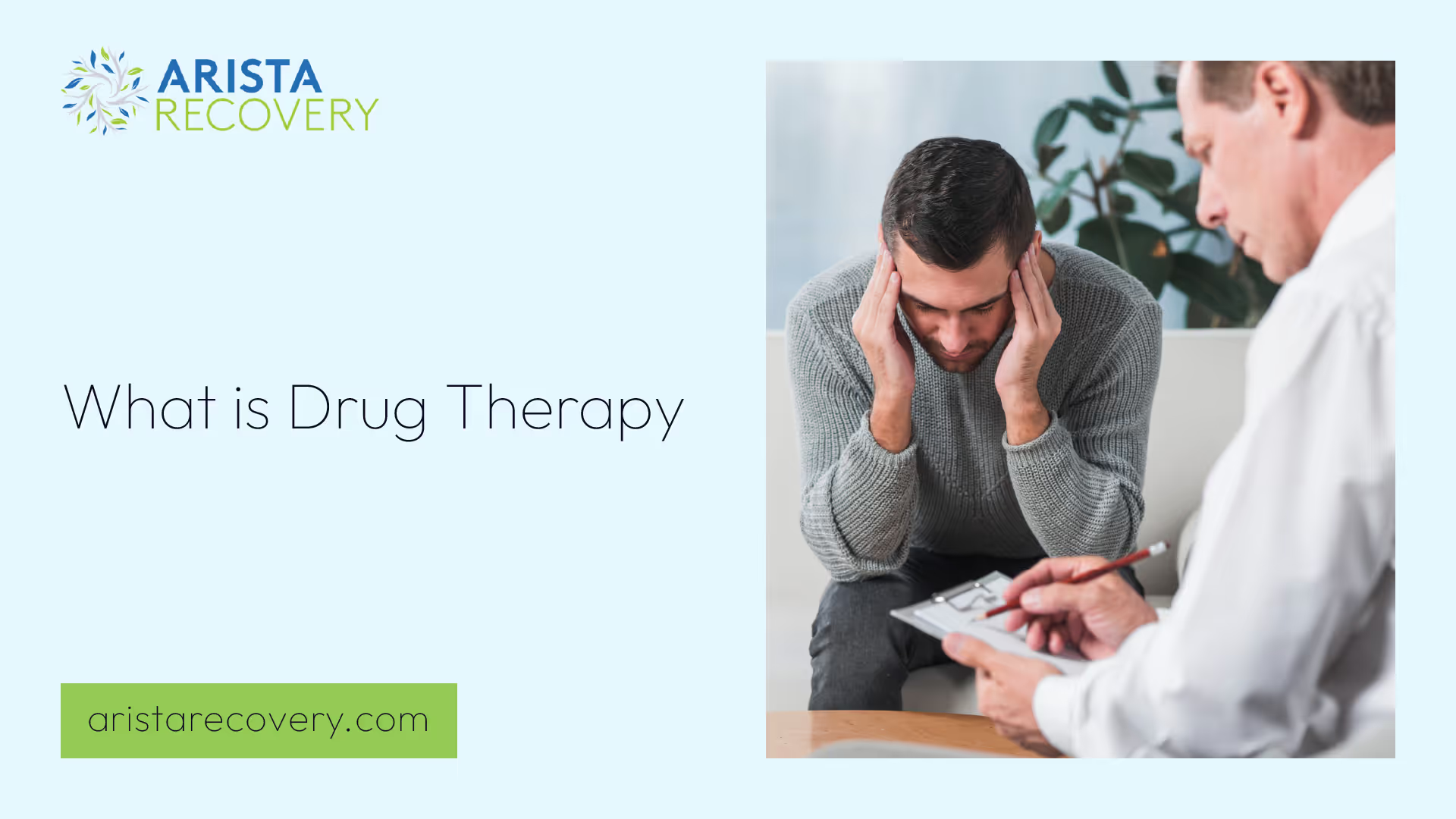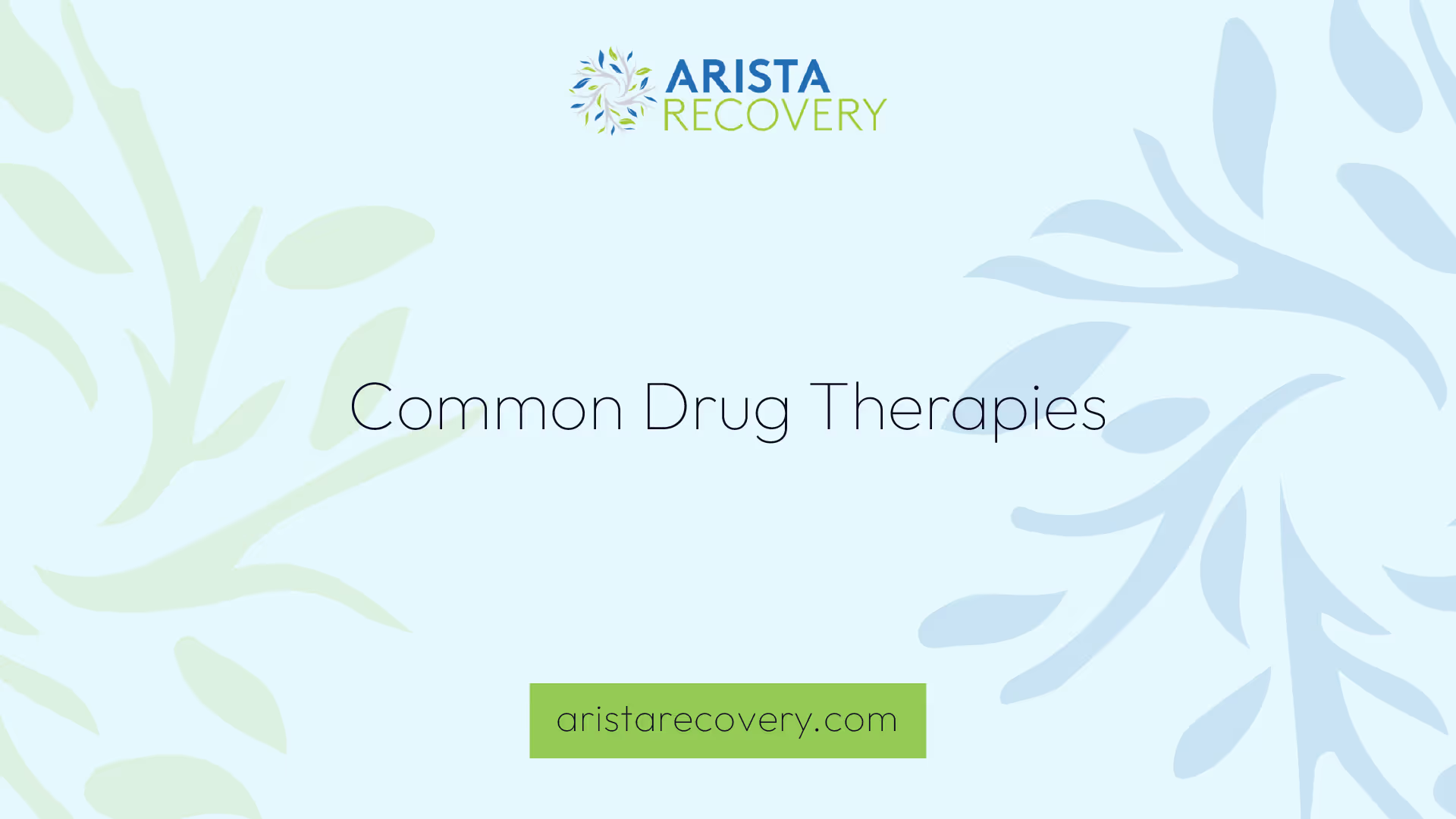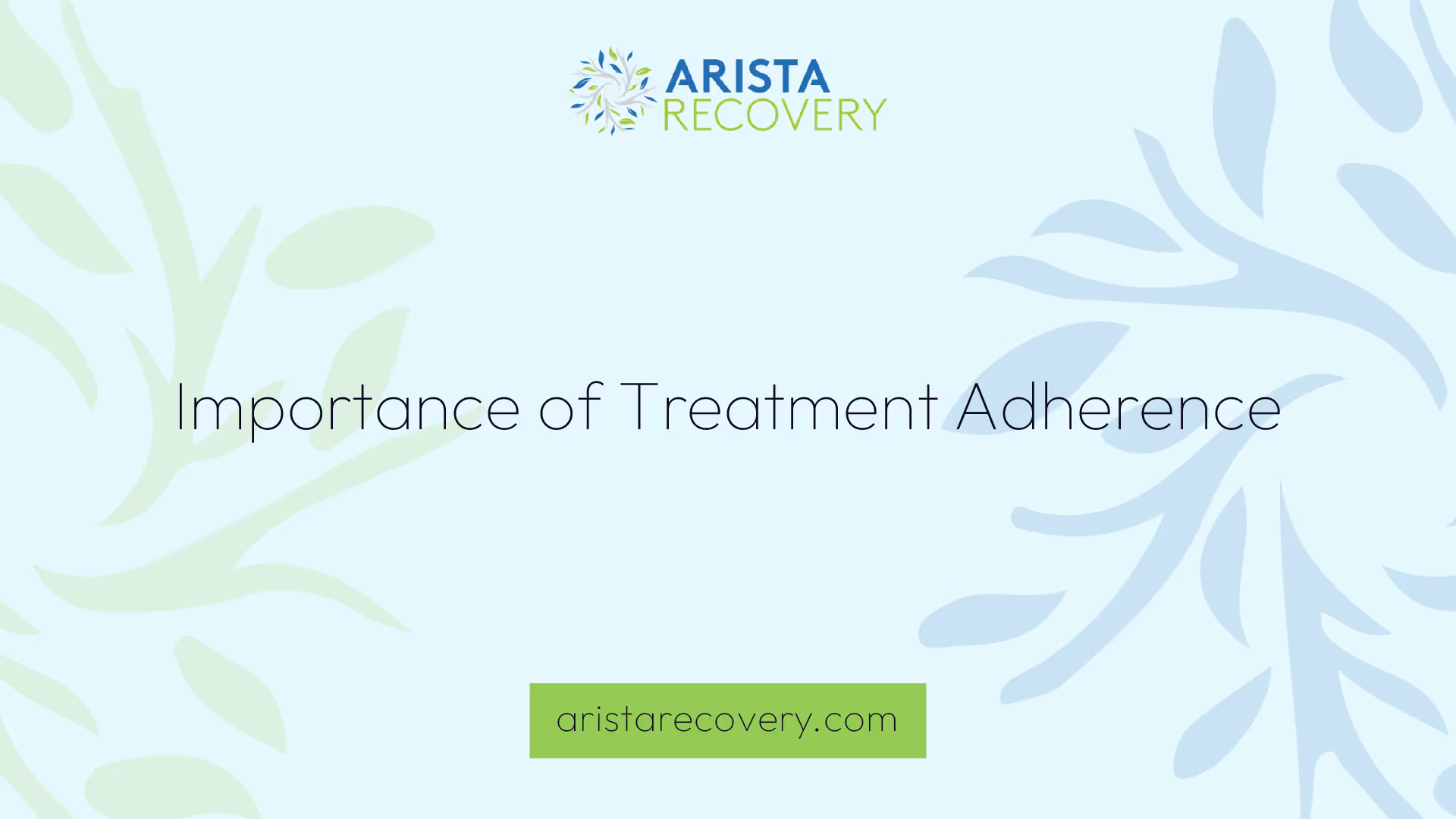What is Drug Therapy


Understanding Drug Therapy
Drug therapy, or pharmacotherapy, involves the use of medications to treat various health conditions. This section delves into the impact of adverse effects and the FDA approval process, providing a comprehensive understanding of drug therapy.
Impact of Adverse Effects
Adverse effects, or side effects, can result from any medication or treatment, including complementary and alternative therapies [1]. These effects can range from mild to severe and may lead to complications.
Adverse effects can occur with:
- Prescription drugs
- Over-the-counter (OTC) medications
- Herbal supplements
- Vitamins and minerals
It's crucial to monitor and report any adverse reactions to ensure the safety and efficacy of the treatment. For more information on how to handle adverse effects, visit our guide on drug addiction and pregnancy.
FDA Approval Process
The FDA plays a vital role in the approval and monitoring of medications. For a drug to receive FDA approval, the manufacturer must list all known adverse effects [1]. The approval process includes several stages:
- Preclinical Research: Laboratory and animal studies to assess the drug's safety.
- Clinical Trials: Human testing in three phases to evaluate safety, efficacy, and dosage.
- New Drug Application (NDA): Submission of trial data for FDA review.
- FDA Review: Evaluation of the NDA, including all trial data and proposed labeling.
- Post-Marketing Surveillance: Ongoing monitoring of the drug's safety through programs like MedWatch.
In some cases, drugs may be recalled or receive black box warnings due to severe side effects reported after entering the market. For additional insights on the FDA approval process, refer to our article on drugs are all around.
Understanding the complexities of drug therapy, including the impact of adverse effects and the rigorous FDA approval process, is essential for individuals and families impacted by substance use. This knowledge ensures informed decision-making and promotes the safe use of medications.

Common Drug Therapies
When discussing what is drug therapy?, it's important to explore common drug therapies and their impacts. Two significant categories are medications for anxiety and sleep, and depressants and stimulants.
Medications for Anxiety and Sleep
Medications that slow brain activity are useful for treating anxiety and sleep problems [3]. Anti-anxiety medications can help reduce symptoms of anxiety, panic attacks, and extreme fear and worry. They include Selective Serotonin Reuptake Inhibitors (SSRIs), Serotonin-Norepinephrine Reuptake Inhibitors (SNRIs), benzodiazepines, and beta-blockers. Buspirone is an alternative anti-anxiety medication that must be taken daily for 3-4 weeks to reach its full effect [4].
Depressants and Stimulants
Depressants, such as benzodiazepines, are chemically similar to prescription sedatives like Valium® and Xanax®. They are often misused for their psychotropic effects. These medications work by slowing down brain activity, which helps to reduce anxiety and induce sleep.
Stimulant medications are prescribed to treat attention-deficit/hyperactivity disorder (ADHD) and narcolepsy. These drugs can improve alertness, attention, and energy, and are safe when taken under a health care provider's supervision. Stimulants can also help with daily functioning for individuals with significant focus problems. However, they are commonly misused due to their ability to increase alertness, attention, energy, blood pressure, heart rate, and breathing rate [3].
Understanding these common drug therapies and their uses can help individuals and families impacted by substance use receive the best care possible. For more information on related topics, explore our articles on my stepdad is on meth and drug addiction and pregnancy.

Importance of Treatment Adherence
Adherence to prescribed drug therapies is crucial for managing chronic conditions and ensuring the effectiveness of treatments. This section highlights the challenges of adherence and the methods used to measure it.
Adherence Challenges
Low adherence to drug therapy is a significant issue. According to the World Health Organization, adherence to chronic treatments can be as low as 50%, leading to preventable adverse drug events in 21–37% of cases. This low adherence results in increased morbidity, mortality, and additional healthcare costs.
Several factors contribute to these challenges:
- Complex Terminology: Terms like compliance, persistence, and discontinuation are often used interchangeably with adherence, making it difficult to standardize definitions and approaches.
- Measurement Methods: Different tools and measurements have been developed to assess adherence, but no single method is universally accepted.
- Patient Factors: Attitudes, behaviors, and personal circumstances can all impact a patient's ability to adhere to their prescribed treatments.
Methods for Measuring Adherence
Measuring adherence is essential for evaluating the effectiveness of drug therapies. Various methods are used, each with its advantages and limitations.
Direct Methods
Direct methods involve measuring drug concentrations in body fluids or directly observing a patient's medication-taking behavior. While accurate, these methods can be invasive and costly.
- Drug Concentration Measurements: Tests conducted on blood or urine samples.
- Direct Observation: Healthcare practitioners observe the patient taking their medication.
Indirect Methods
Indirect methods are more commonly used and include tools like pill counts, electronic monitoring devices, electronic health records, and self-reported measures.
- Pill Counts: Counting the number of pills remaining in a patient's medication bottle.
- Electronic Monitoring Devices: Devices that record the date and time the medication bottle is opened.
- Electronic Health Records: Reviewing a patient's medication refill history.
- Self-Reported Measures: Questionnaires and interviews where patients report their medication-taking behavior. Though cost-effective and straightforward, these methods may overestimate adherence due to recall or reporting bias.
Self-reported methods, such as questionnaires, can provide additional insights into patient attitudes and behaviors related to medication adherence [5]. These methods are among the most cost-effective but tend to overestimate adherence due to recall or reporting bias.
Understanding and addressing these challenges is essential for improving treatment outcomes. Effective interventions to enhance adherence can have a greater impact on population health than improvements in specific medical treatments. For more information on related topics, visit our articles on my stepdad is on meth, drugs are all around, drug addiction and pregnancy, and drinking and pregnancy.
Mental Health Medications
In the realm of drug therapy, mental health medications play a crucial role in managing various mental health conditions. These medications include antidepressants, anti-anxiety medications, and stimulants.
Antidepressants and Side Effects
Antidepressants are used to treat depression and other health conditions such as anxiety, pain, and insomnia. They can take between 4-8 weeks to start working effectively [4]. Common side effects include upset stomach, headache, and sexual dysfunction. Esketamine is a notable FDA-approved medication for treatment-resistant depression.
For those impacted by substance use, understanding the side effects and the time it takes for these medications to work can be essential in managing expectations and improving adherence to treatment plans.
Anti-Anxiety and Stimulant Medications
Anti-anxiety medications address symptoms of anxiety, panic attacks, and extreme fear and worry. These medications include SSRIs, SNRIs, benzodiazepines, and beta-blockers. Buspirone is a different type of anti-anxiety medication that must be taken every day for 3-4 weeks to reach its full effect [4].
Stimulant medications are prescribed to treat attention-deficit/hyperactivity disorder (ADHD) and narcolepsy. They improve alertness, attention, and energy levels, and are safe when taken under a healthcare provider's supervision [4]. Stimulants can also help with daily functioning for people with significant focus issues.
It's important for individuals and families impacted by substance use to be aware of the potential side effects and benefits of these medications. This knowledge can aid in making informed decisions about treatment options and improving overall mental health outcomes.
Types of Anticancer Medications
Anticancer medications play a crucial role in the treatment and management of various types of cancer. For individuals and families impacted by substance use, understanding the different types of anticancer medications can provide insight into the available treatments. This section will cover blood cancer treatments and targeted therapies.
Blood Cancer Treatments
Blood cancers, such as leukemia, lymphoma, and myeloma, are treated with a variety of drug therapies. More than 50 drugs are currently used either alone or in combination to treat blood cancers. These drugs work in different ways to kill cancer cells and are selected based on factors such as the patient's age, type and stage of the disease, and response to previous treatments.
- Chemotherapy: Uses drugs to kill rapidly dividing cells, including cancer cells.
- Immunotherapy: Boosts the body's immune system to fight cancer.
- Targeted Therapy: Focuses on specific molecules involved in cancer cell growth.
- Radiation Therapy: Uses high-energy radiation to kill cancer cells.
Some blood cancers respond well to a single drug, while others require a combination of drugs to attack cancer cells at different points in their growth cycles. This approach increases the effectiveness of the therapy and reduces the chance of resistance.
For further details on how these drugs impact cancer treatment, check out drugs are all around.
Targeted Therapies
Targeted therapies are a newer class of anticancer drugs that focus on specific molecules involved in the growth and spread of cancer cells. These therapies have significantly improved treatment outcomes and reduced side effects for many patients [8].
- Tyrosine Kinase Inhibitors (TKIs): Block the action of specific proteins that signal cancer cells to grow. Examples include Imatinib and Dasatinib.
- Monoclonal Antibodies: Bind to specific targets on cancer cells, marking them for destruction by the immune system. Examples include Rituximab and Trastuzumab.
- Proteasome Inhibitors: Disrupt the function of proteasomes, which are responsible for degrading unneeded or damaged proteins in cells. Examples include Bortezomib and Carfilzomib.
Targeted therapies are often used in combination with other treatments to enhance their effectiveness and reduce the likelihood of cancer cells developing resistance.
Understanding the impact and mechanisms of these anticancer medications can help individuals and families make informed decisions about their treatment options. For more information on the unexpected benefits of some drug side effects, explore our article on drug side effects explained.
Drug Side Effects Explained
Understanding the side effects of drugs is essential for individuals and families impacted by substance use and drug therapy. This section explores allergic reactions, drug interactions, and the unexpected benefits of certain side effects.
Allergic Reactions and Interactions
Drug interactions and allergic reactions can have significant impacts on individuals undergoing drug therapy. Allergic reactions occur when the immune system overreacts to a substance, causing symptoms ranging from mild rashes to severe anaphylaxis.
Drug interactions can result in unexpected side effects. For instance, consuming alcohol while taking narcotic painkillers can lead to accidental overdose, causing fatalities. Grapefruit juice can also impact the blood levels of certain medications, such as blood pressure and cholesterol drugs [2].
For more information on the dangers of drug interactions, visit drugs are all around.
Unexpected Benefits of Side Effects
Interestingly, some side effects of drugs can have unexpected benefits. For example, finasteride, initially used to treat prostate enlargement, was discovered to regrow hair and is now marketed for male pattern baldness. Similarly, minoxidil, originally a high blood pressure medication, is now a popular remedy for hair loss.
For more insights on drug therapy and its impacts, explore our section on what is drug therapy?.
Understanding drug side effects, both positive and negative, is crucial for safe and effective treatment. Always consult healthcare professionals and stay informed about the medications you or your loved ones are taking. For further reading on drug-related issues, visit our articles on drug addiction and pregnancy and drinking and pregnancy.
References
[1]: https://www.medicalnewstoday.com/articles/196135
[2]: https://www.webmd.com/a-to-z-guides/drug-side-effects-explained
[3]: https://nida.nih.gov/research-topics/commonly-used-drugs-charts
[4]: https://www.nimh.nih.gov/health/topics/mental-health-medications
[5]: https://www.ncbi.nlm.nih.gov/pmc/articles/PMC6510353/
[6]: /drug-addiction-and-pregnancy
[8]: https://www.lls.org/treatment/types-treatment/drug-therapies
You’re not alone in this.
When mental health challenges and addiction intersect, it can feel isolating. At Arista, we offer compassionate, evidence-based, and trauma-informed care to help you heal, grow, and move forward.
You’re not alone in this.
When mental health challenges and addiction intersect, it can feel isolating. At Arista, we offer compassionate, evidence-based, and trauma-informed care to help you heal, grow, and move forward.
Support that moves with you.
You’ve taken a brave first step. At Arista Recovery, we’re here to help you continue with best-in-class care designed for long-term healing and support.
.webp)






